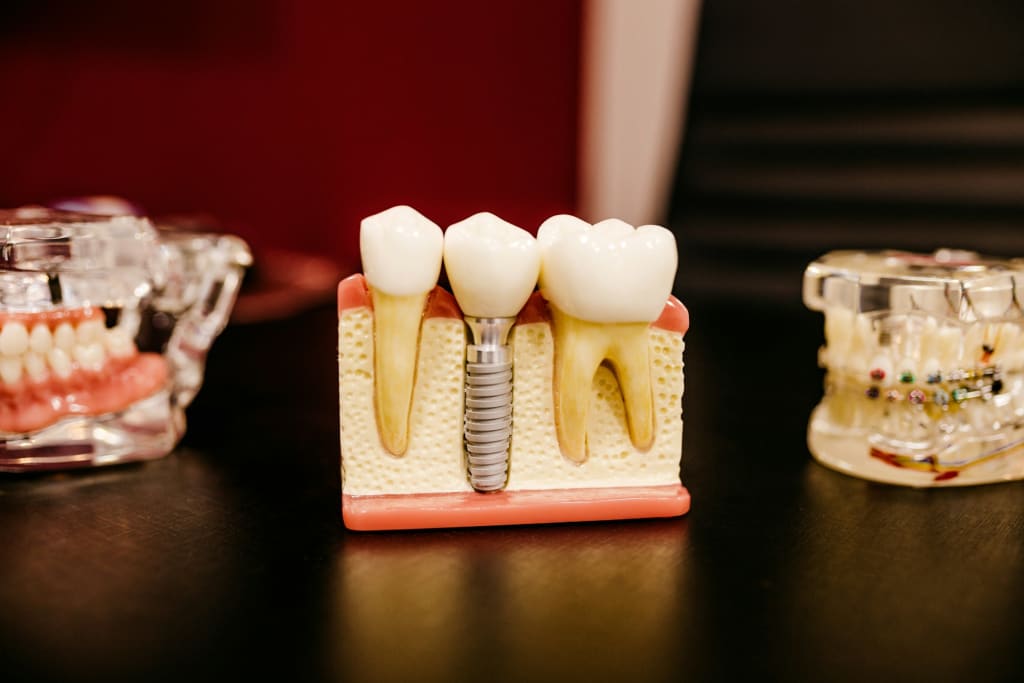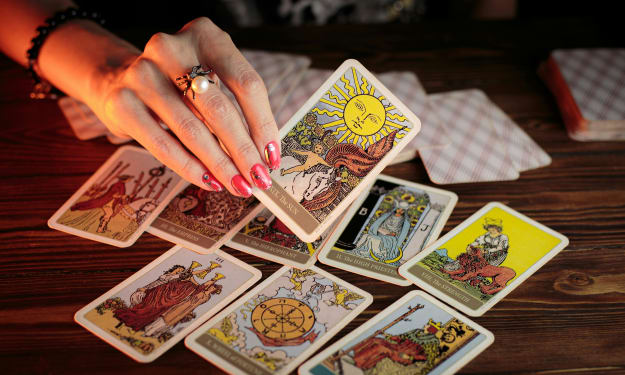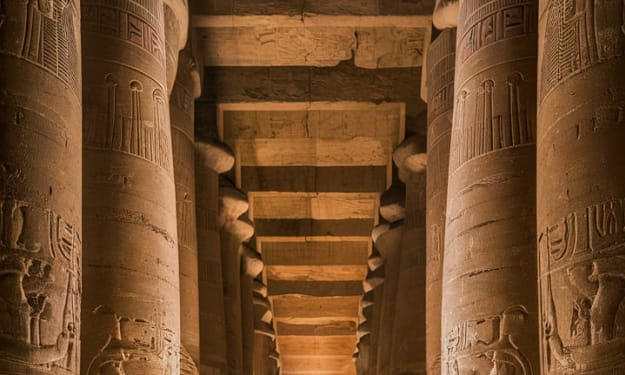The Amazing Evolution of Human Bodies
Why Do Early People Have Flawless Right Away Teeth?

If you were to compare a picture of an average human who lived about 1 million years ago to one of an average human who lives today, you'd be astonished. It's a makeover performed by Mother Nature herself!
Back in the day, the earliest human species were tiny with long arms and short legs. They needed a big digestive tract to handle all those plants they were chowing down on, and their rib cages were super wide to make room for all the organs breaking down their food.
Humans have adapted to different environments over time. For example, those living in hot climates developed lean, leggy bodies and ate meat and quick-to-digest foods. This allowed them to have smaller digestive tracts and use more energy for their tall bodies and big brains. Those in colder climates evolved short, wide bodies to conserve heat. Despite these differences, humans still loved their raw meat and cooked food, which could be easily processed in a short digestive tract.
Neanderthals were only about 5'4" tall on average, with short, broad bodies that were well-suited for dealing with winter cold and ice ages.
Our ancestors had straight teeth with wisdom teeth, but thanks to processed diets and milling technologies, our jaws have shrunk, and our teeth are now vying for limited space. A less processed diet can help avoid dental crowding.
As humans adapted to different environments and diets changed, so did their bodies. Early humans were super active, with thicker and stronger bones than we have today. Nowadays, our bones are sleeker and weaker thanks to our less physically demanding lifestyles.
Bones are made up of water, with about 25% of bone mass being H2O. Additionally, your teeth are incredibly strong, exerting a whopping 5,600 lb of pressure per square inch when you bite down.
Your eyes need fluids to function properly, just like a car engine needs gasoline. When you blink up to 20,000 times a day, you're giving your eyes a windshield wash. Interestingly, your stomach lining can blush too when there's an increased blood flow in your body.
While plastic is bad for the environment, we can digest it in small quantities. However, our digestive system can't handle grass. Grazing animals have special teeth and several stomachs to process raw leaves and grass, while we have only one stomach.
We all have two super-fast muscles that control our eyelids closing. They're the fastest muscles in our body, shutting our eyes within a mere .1 seconds when triggered. It's still unknown why we blink, but women tend to blink more often than men and we tend to blink in unison when watching a movie with friends.
Lastly, your pinky finger is the real MVP when it comes to hand strength. That little finger packs a punch and is responsible for 50% of your hand strength.
Your toes are like two little homies that carry almost half of your body weight. And don't even listen to people who say you don't need them. Your toes are the most important guys when it comes to walking and pushing you forward.
Our hair color is easily explained by genes. There are not more than 2% of people with natural red hair. They're followed by blondes (about 3%) and by all the varieties of brown shades (only about 11%). The vast majority goes to black hair, including very dark brown.
Who knew that nails had a secret talent? Besides helping us pick up tiny objects and peel off stickers, they also give us a structure to press against so we know how firmly to hold anything. Talk about multi-talented!
Move over, Rapunzel. It's not just our hair and nails that can grow. Our liver can regenerate itself from just 51% of its original size back to full size. But don't go damaging it too much, or you'll end up with scars.
About the Creator
Enjoyed the story? Support the Creator.
Subscribe for free to receive all their stories in your feed. You could also pledge your support or give them a one-off tip, letting them know you appreciate their work.





Comments (1)
Test is not accepting comments at the moment
Want to show your support? Send them a one-off tip.